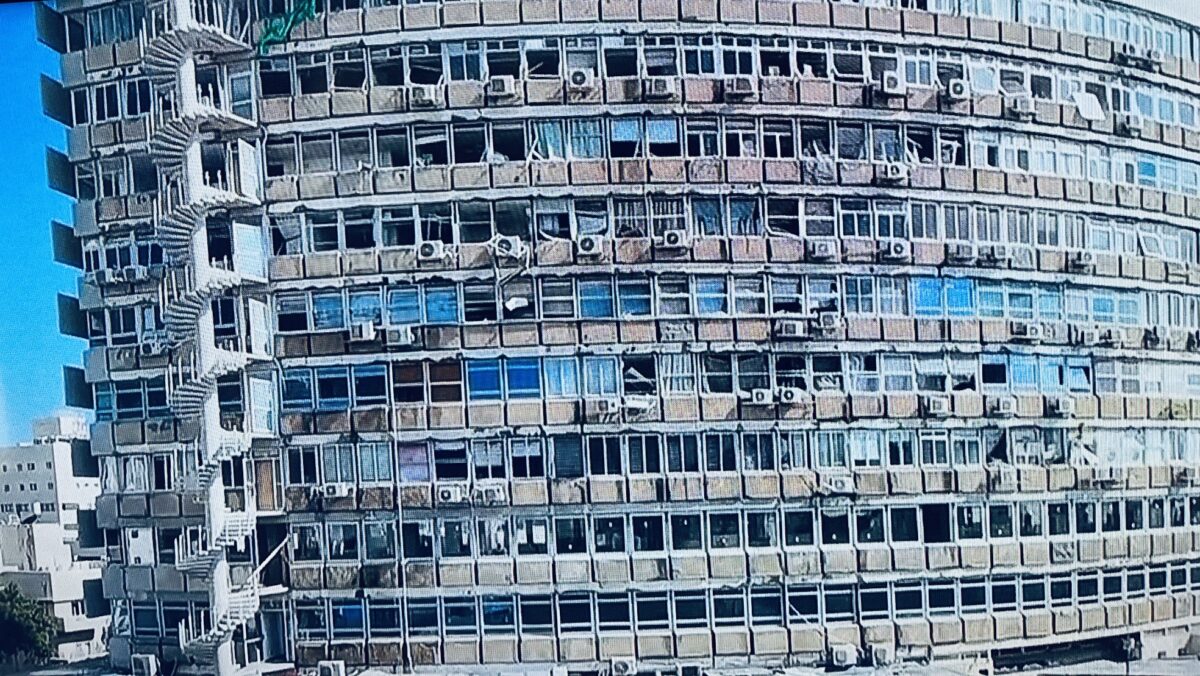It is now official. Israel is fighting a three-front war.
On July 20, several hours after a Houthi armed drone evaded Israeli defences and struck a high-rise apartment building in the center of Tel Aviv, killing a 50-year-old man and wounding eight others, Israel retaliated. The Israeli Air Force, in one of its longest operations, bombed the Red Sea port of Hodeidah, about 1,800 kilometers from Israel, hitting a power plant and oil and gas storage facilities.
It was the first time Israel had struck Yemen.
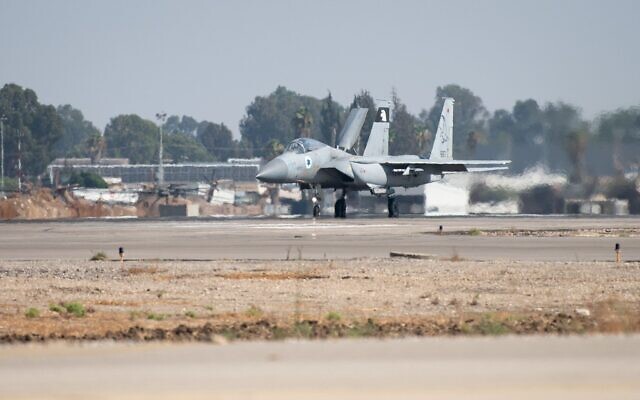
In 1985, Israeli aircraft bombed PLO headquarters in Tunis, a distance of some 2,000 kilometers.
On the day the Houthi drone slipped through Israeli defences, Israel fended off yet another Hezbollah rocket barrage from Lebanon and fought fierce battles with Hamas throughout the Gaza Strip.
So now, much to Iran’s satisfaction, Israel is effectively embroiled in warfare in Gaza, Lebanon and Yemen.
The Houthis, Hezbollah and Hamas are Iranian proxies and belong to the Axis of Resistance, an alliance of anti-Israel organizations and countries financially and logistically supported by Iran, Israel’s deadliest enemy.
Iran is indeed the head of the snake.
On April 13, following a deadly Israeli air raid on an annex of the Iranian embassy in Damascus that resulted in the deaths of three generals and four lower-ranking officers in the Islamic Revolutionary Guards Corps, Iran attacked Israel directly. In an unprecedented show of force, Iran fired a barrage of some 300 rockets and drones at Israel, nearly all of which were shot down. Five days later, Israel carried out a limited retaliatory air raid near Isfahan, causing relatively minor damage.
Since these exchanges, Israel and Iran have not clashed. But Iran is hell bent on wearing down Israel in a war of attrition in the hopes of destroying it.
As the Institute for the Study of War notes, “Iran and its allies appear to be operating on the theory that severe economic disruption will compel Israel to accept defeat in the Gaza Strip, and that such economic pressure could ultimately collapse the Israeli state. Iranian leaders have repeatedly said in recent months that part of their theory on how to destroy Israel revolves around stoking instability and terror in Israel to catalyze reverse migration away from Israel.”
With this in mind, Iranian leaders, including the supreme leader, Ayatollah Ali Khamenei, have repeatedly called on Muslim countries to impose an economic embargo on Israel.
Since October 7, there has been a huge spike in emigration from Israel. About 12,300 Israelis emigrated that month, compared to 3,200 who left permanently in 2023 — a 285 percent increase.
The Iran-backed Houthi rebels, who have bought into this theory, have continued to attack Israel in solidarity with the Palestinians in Gaza. The Houthis apparently will not relent unless Israel ends the war and withdraws from Gaza, leaving Hamas as its governing authority.
Since October 7, the day the Israel-Hamas war broke out, the Houthis have attacked Israeli and non-Israeli ships in the Red Sea and the Gulf of Aden. These unprovoked attacks have forced merchant vessels to avoid the Suez Canal and take the much longer route around the Cape of Good Hope in South Africa, thereby driving up the cost of household goods at a moment when inflationary pressures are hurting consumers.
During this period, the Houthis, whose motto is “God is great, Death to America, Death to Israel, Curse the Jews, Victory to Islam,” have fired some 220 drones and rockets toward Israel.
While virtually all of these projectiles have been intercepted by the U.S. Navy in the Red Sea and by Israel, a Houthi rocket hit an open area in the southern city of Eilat in March, ramping up pressure on commercial ships to stay clear of Eilat. As a result, traffic to Eilat has fallen by approximately 85 percent, dealing a major economic blow to Israel.
Two months ago, the Houthis warned they would expand their aggressive campaign to commercial shipping in the Mediterranean Sea, but they have yet to implement this plan.
The July 19 Houthi strike on Tel Aviv was in keeping with its determination to respond militarily to Israel’s offensive in Gaza.
“We will continue to strike these targets in response to the enemy’s massacres and daily crimes against our brothers in the Gaza Strip,” said Houthi spokesman Yahya Sare’e. “Our operations will only cease when the aggression stops and the siege on the Palestinian people in the Gaza Strip is lifted.”

Sare’e claimed that the low-flying Iranian-made Samad-3 drone that crashed into Tel Aviv in the middle of the night and killed Yevgeny Ferder, an immigrant from Belarus, was designed to bypass the “enemy’s interception systems.”
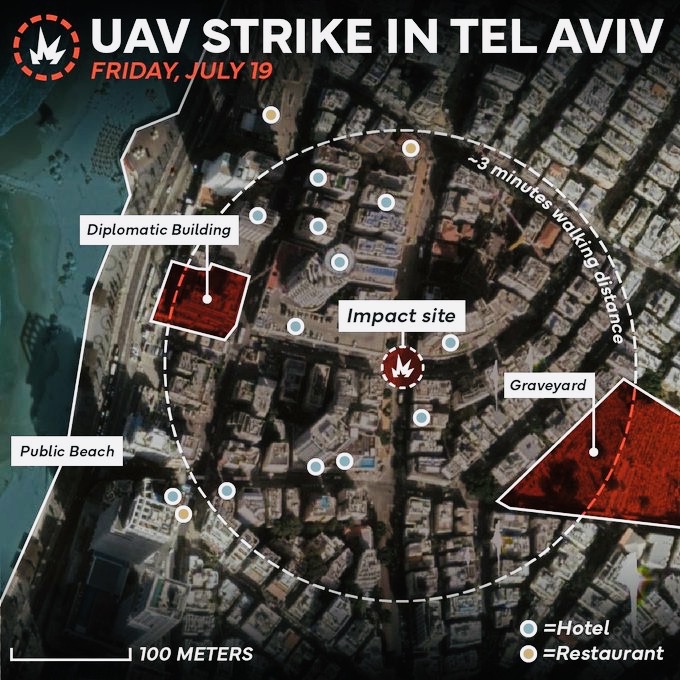
The drone struck a building about 100 meters from the U.S. embassy branch office, but Israel does not believe it was the intended target.
Israel said the drone had been identified, but not shot down due to human error. The Israeli air force assumed full responsibility for the mishap.
According to a Saudi newspaper, the Houthis launched a ballistic missile and four drones toward Israel, and U.S. forces in the region intercepted all but one of the projectiles. Neither the United States nor Israel have confirmed this claim.
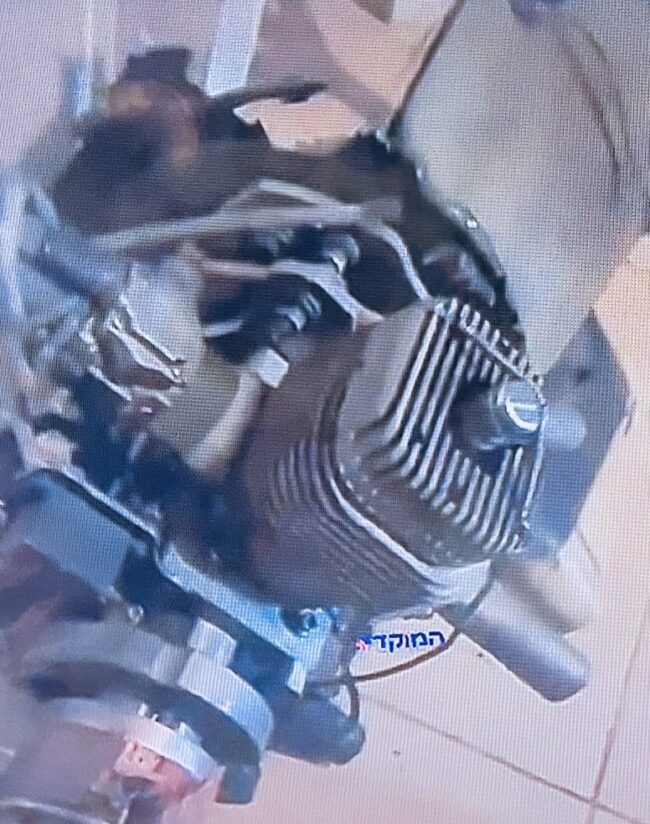
Judging by its confrontations with Hezbollah since October, Israel has had a problem with unmanned aircraft — which fly at lower altitudes, move more slowly, and emit less heat than high-velocity rockets and shells. These factors make it easier for drones to evade radar and interception by surface-to-air missiles.
Around the approximate time that Tel Aviv was struck by the Houthi drone, Israel shot down enemy drones from Iraq and Lebanon, but two soldiers in northern Israel were wounded by a Hezbollah drone on July 20.
Since October, Hezbollah has launched about 5,000 rockets toward Israel, while the Iran-backed Islamic Resistance has fired a succession of drones at Eilat and Haifa, all of which have been downed.
Shortly after the Houthi drone slammed into Tel Aviv, Defence Minister Yoav Gallant announced that air defence systems would be strengthened and that Israel would “settle the score” with the Houthis.
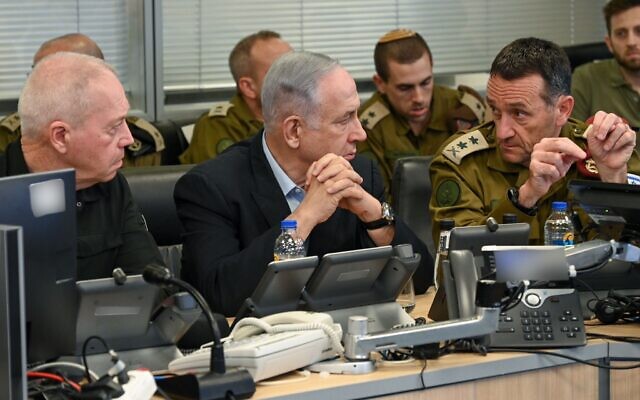
Daniel Hagari, the Israeli military spokesman, said that Israel’s bombing of Hodeidah was meant to cause the Houthis financial harm and prevent them from importing Iranian weapons.
The strike ignited a massive fire, prompting Gallant to say, “The fire burning in Hodeidah is seen across the Middle East, and the significance is clear. The Houthis attacked us over 200 times. The first time they harmed an Israeli citizen, we struck them — and we will do this whenever it may be required.”
As expected, the Houthis remained defiant.
“The Zionist entity will pay the price for targeting civilian facilities, and we will meet escalation with escalation,” Houthi politburo member Mohammed al-Bukhaiti said in a social media post. Another Houthi spokesman, Nasruddin Amer, said, “Yemen’s operations in support of Gaza will not stop. The response to this aggression is inevitable.” A third Houthi spokesman, Abdel al-Thawr, threatened Israel. “All Israeli cities have now come under the reach of our targeting.”
The Houthis made good on their threat on July 21, when Israel intercepted a Houthi ballistic missile outside of its airspace near Eilat.
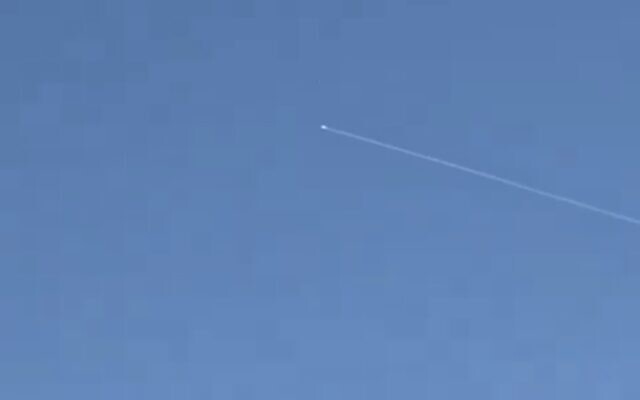
If nothing else, the Houthis are resilient. For the past few months, the United States has bombed Houthi targets in Yemen, but the Houthis have continued to attack commercial shipping in the Red Sea.
The United States, Israel’s chief ally, has expressed support for Israel’s reprisal and its commitment to its security, but the Houthi attack in Tel Aviv appeared to reopen a debate in Washington about how the State Department should classify the Houthis.
Senator Jacky Rosen and several of her colleagues urged the State Department to designate the Houthis as a Foreign Terrorist Organization (FTO), a category that would make it easier for the United States to target and sanction them.
As president, Donald Trump added the Houthis to the FTO list, but President Joe Biden revoked this designation. Biden, though, has designated the Houthis as a terrorist organization.
Two days ago, Rosen said, “The deadly drone strike on Israel by the Iran-backed Houthis near the U.S. consulate in Tel Aviv is deeply concerning and unprecedented. It’s a grim reminder that the Houthis are a brutal terrorist organization that must be held accountable. Earlier this year, I called on the Biden administration to formally designate the Houthis as a Foreign Terrorist Organization so we can fully crack down on their sources of arms and funding. This latest attack makes it clear that we cannot afford to wait any longer.”
In any case, as the Institute for the Study of War points out, Iranian-backed Iraqi militias appear to have resumed their campaign against American forces in Iraq. On July 16, they fired drones at a U.S. base in Anbar province. They had previously threatened to attack U.S. bases unless the Iraqi government set a date for the withdrawal of American forces from Iraq.
This much is clear in the wake of the Houthi drone strike in Tel Aviv. Iran and its proxies pose an immense threat to Israel and its allies in the Middle East.
